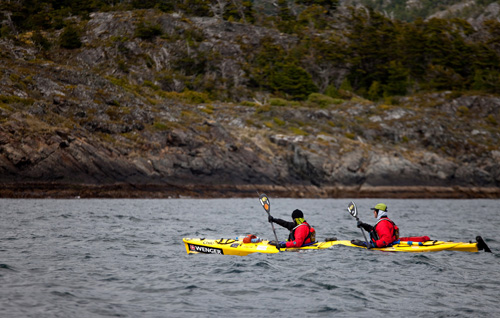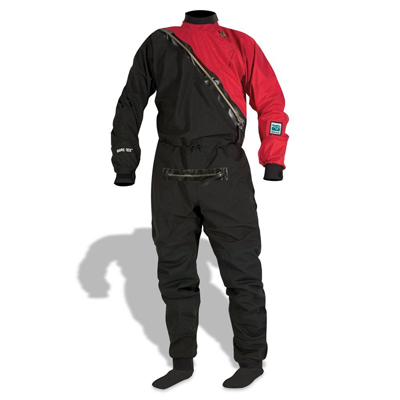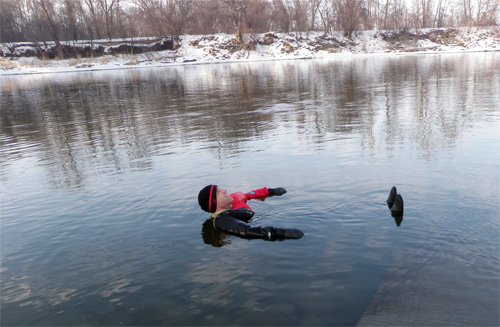They cost hundreds of dollars. Their use is limited to cold-water scenarios where you may have to swim. But for many outdoors enthusiasts — including sea kayakers, divers, and sailors in cold climates — a dry suit is an essential, life-preserving piece of gear.
Unlike wet suits, which are made with thick neoprene and allow water in against the skin, dry suits seal all H2O off from the person inside. Watertight zippers, booties, and rubbery gaskets on the neck and wrists keep cold water from seeping through.

This year, I got intimate with a dry suit from Kokatat Watersports Wear. For an expedition last winter in South America, where I kayaked in the icy waters of Chile’s Beagle Channel, the Kokatat wonder suit was a mandatory survival item.
Tip a boat in cold water and your core temp can immediately plunge. Hypothermia is a quick threat. A dry suit like the Kokatat GORE–TEX Front Entry model, which costs a hefty $899, is a thin barrier made to keep you safe and dry.

Before heading to South America, I drove to a boat launch near my home in Minneapolis. It was late January in Minnesota, but despite snow on the banks and a temp outside of about 20 degrees, a stretch of river was open and ice-free.
After a kayak training session in the icy river, I double-checked the zippers on my Kokatat suit and stepped in the water. Air in the suit moved up my body as the leg fabric was squeezed by water pressure below. I leaned back and floated, my arms straight out, swimming in winter water that could easily kill.
Under the suit, I wore a couple layers of winter clothing. There was an initial shock of cold. But soon my body was used to the ice water. Not a drop got in.








